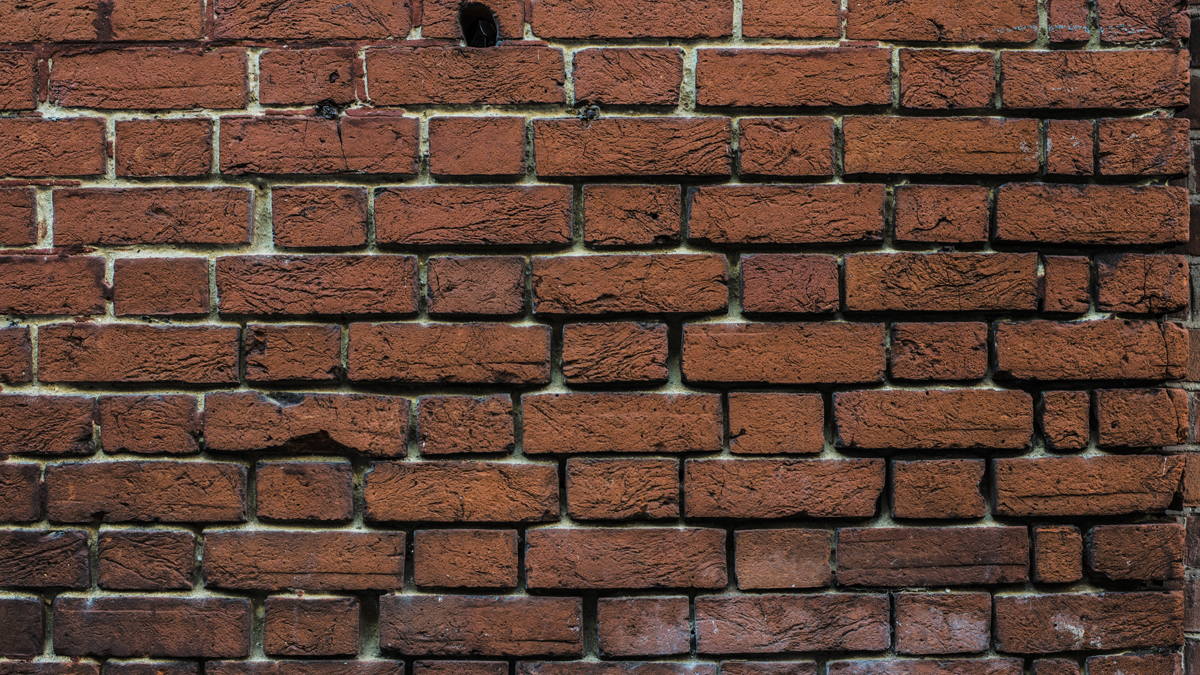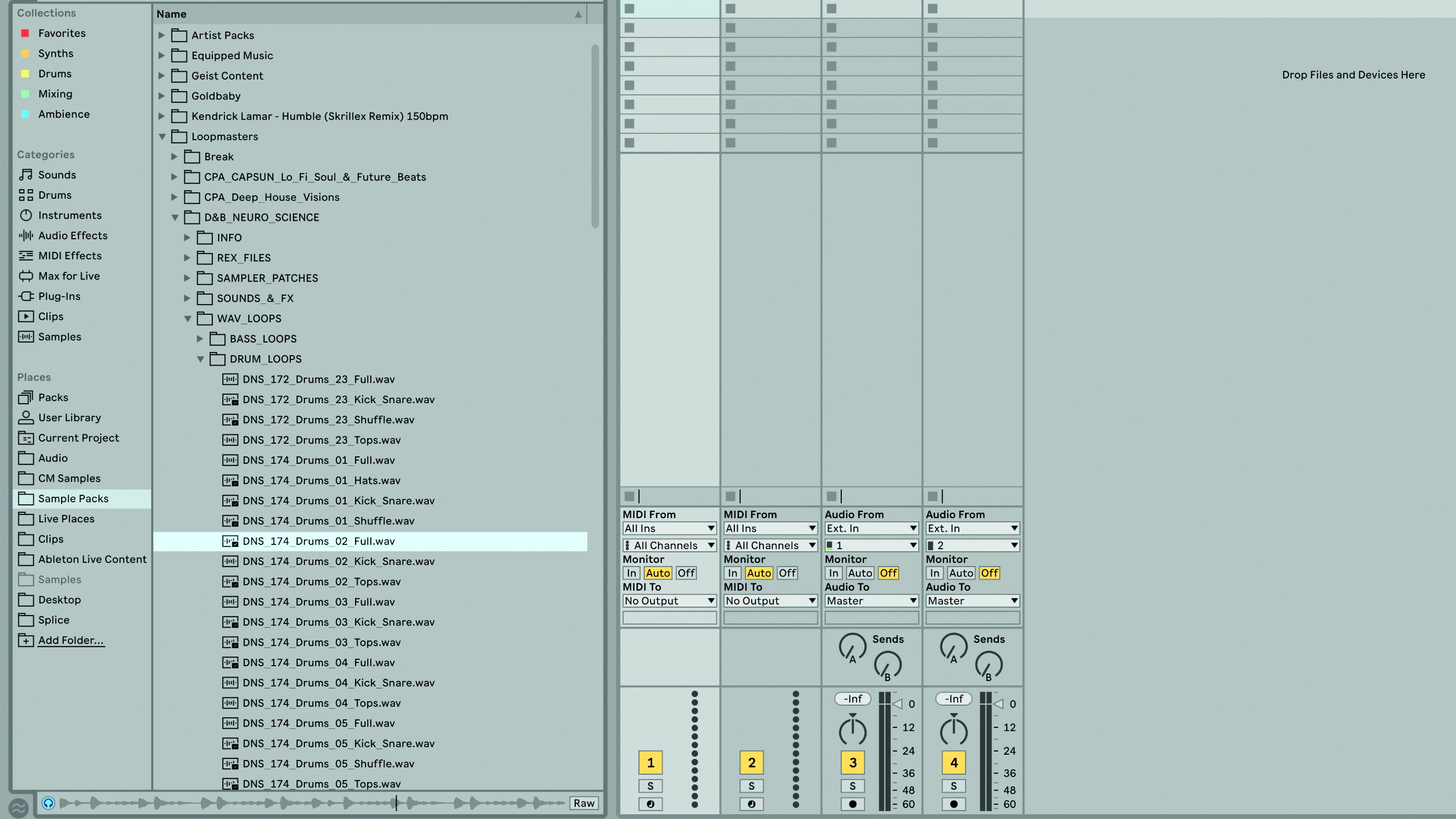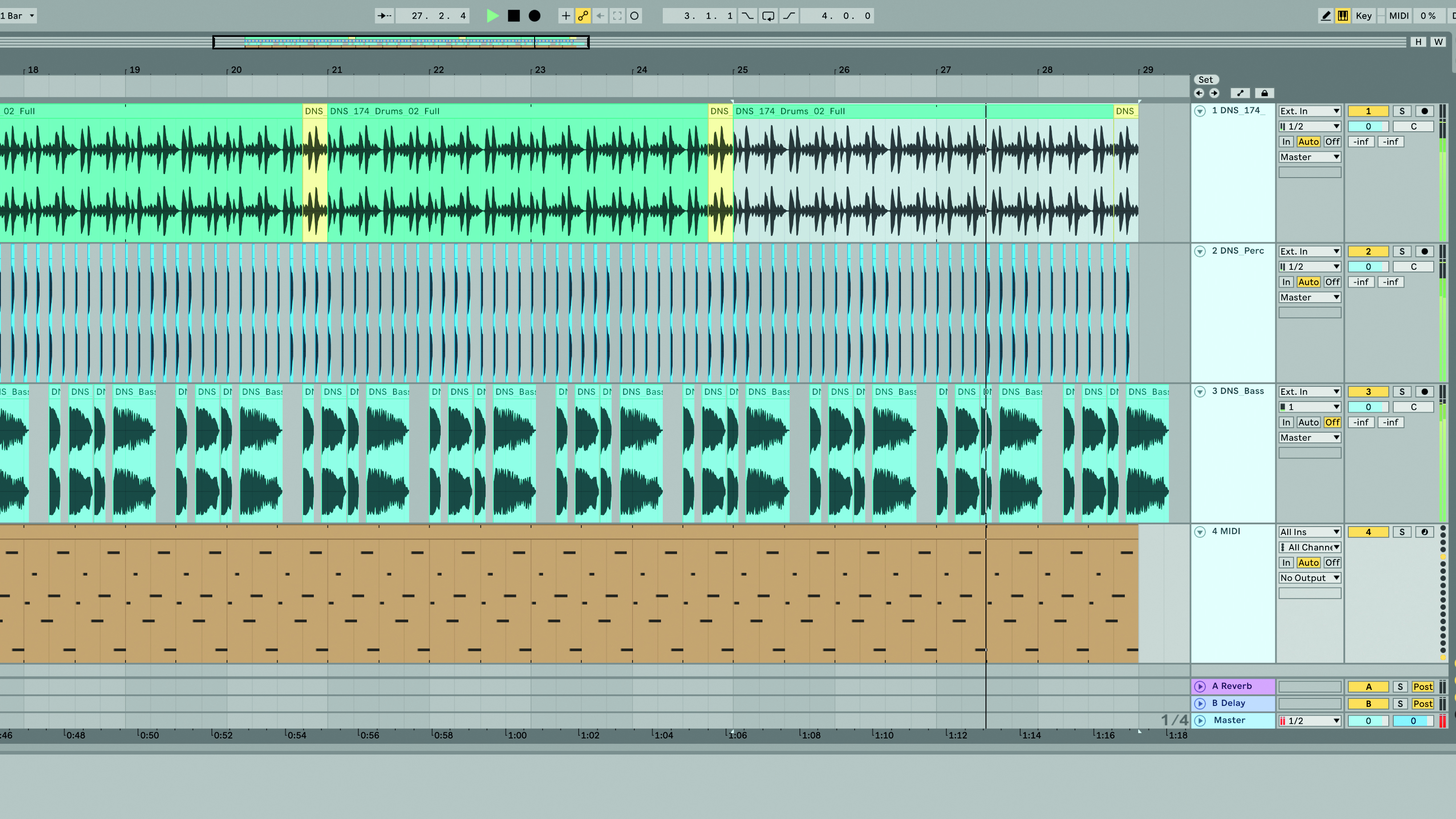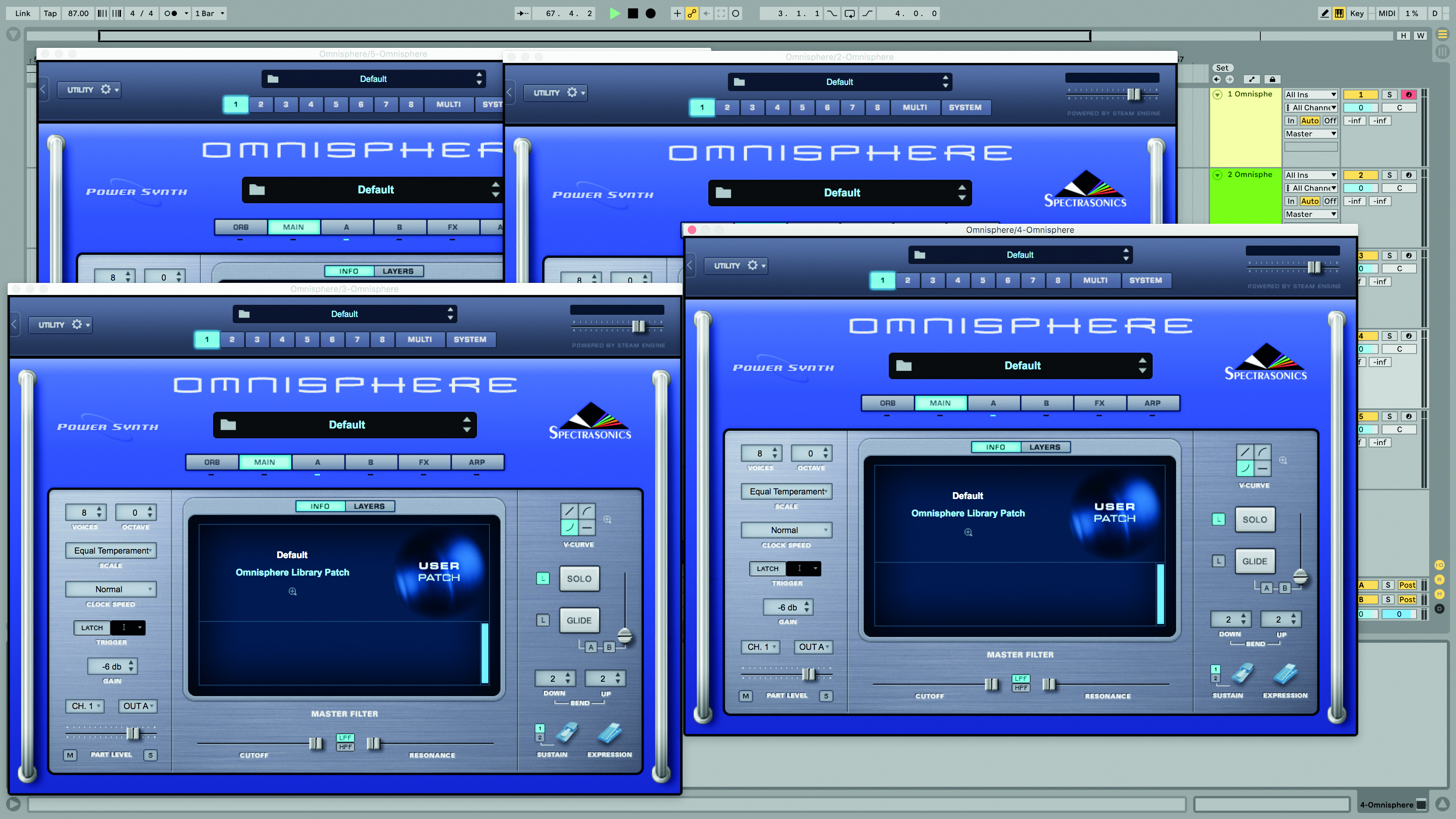How to banish writer's block in your DAW: creative hacks to kickstart your creativity
Smash through that brick wall and instantly spark fresh ideas with these creative tips

When you’re inspired, the creation of electronic music can feel effortless. Every sample you select is the perfect one, falling into place on your DAW’s timeline like magic. Firing up and triggering a synth instantly inspires a bassline or hook. MIDI notes and audio build up to create a composition you never could’ve planned. Once those creative juices are fully flowing, it feels like the music is writing itself.
If you’ve experienced this zen-like state, then you’ve probably been through the complete opposite, too: those times when a blank screen remains overwhelmingly empty, and every technique doomed to fail.
The harder you push against this creative drought, the more stress builds up. If you do push past this ‘writer’s block’ somehow, you can end up with a track that has all of the functional elements of a track (drums, bass, chords, etc), but lacks the spark and magic of something truly special.
Though there’s an art to making music, us electronic musicians are lucky in that we have technology on hand to help us. The secret is recognising when the gear you use – hardware or software – is hindering your creativity, then hacking that tech to get around the problem.
Go off grid
Feeling restricted to a grid? Then try working in a completely different time signature to your usual 4/4. This’ll help get you away from your usual formulas and encourage some new ideas.
Change the tempo
All DAWs allow you to automate the project’s tempo over time, so why not use it? Plan a dramatic change in speed throughout a track to spark creativity.
Start from patch
Not everyone’s into modular synthesis, but starting your creative session with an instrument that requires patching together can remove any musical expectations, putting you right there in the moment as you build a patch from scratch.
Go mobile
Similarly, reaching for a mobile device or unique piece of gear will get you away from a blank DAW – so go ahead and get tactile with an iOS synth, hardware effects processor or similar to ‘rewire’ your brain and get out of writer’s block.
Before we get into some practical hacks, there are also psychological factors to consider. Simply recognising – and accepting – when you’re not feeling inspired can help no end. This is the time to plough into some general housekeeping tasks such as organising your bloated folders of samples, deleting all those unused plugins, tidying up the studio or recategorising those old copies of Future Music into chronological order.
At best, you might just stumble across a sound or idea that could ‘rewire’ your writer’s block into tactile inspiration. At the very worst, you’ll clear out some clutter, ready for a more streamlined studio session next time.
However, taking a studio hiatus isn’t always practical. We all have deadlines to hit, gigs to prepare for and things to get done. This is the time to fall back on some proven tactics that will either kickstart your session there and then, or stock you up with raw materials for future use.
Get the MusicRadar Newsletter
Want all the hottest music and gear news, reviews, deals, features and more, direct to your inbox? Sign up here.
One of the best ways to do this is to reach for a synth, sampler or drum machine you’ve recently acquired, or an old favourite you haven’t gotten to grips with properly. Fire it up, reach for the manual, trawl through some YouTube tutorials, deconstruct its factory patches – basically, make it your mission to learn the instrument inside and out, while creating a handful of presets for yourself. It’s quite possible that one of your patches will become the genesis for a new idea.
Let the machines do the work
Often, when you’re in a creative lull in the studio, you should judge whether the technology at your disposal is helping or hindering you. Having a small selection of hardware and software tools you know inside and out will help to narrow down your palette of options, but even then, you’ll probably have more options than you actually need.
One way to ‘defeat the machines’ is by working out how you can use them to assist the compositional process. For example, by chaining up your DAW’s MIDI processors (arpeggiators, chord generators, scale plugins, etc) in creative ways, you can funnel a basic note input into an elaborate chord progression or sequence that you’d never normally play on a keyboard.
To take the concept even further, try designing a synth patch that does all the work for you. We’re referring to those kinds of presets that sound like an entire track at the push of a button. By combining multiple oscillators, LFO-driven noise rhythms and other tones, all running at different rates and speeds, you can generate uber-complex sounds that can define an entire tune. And don’t forget all those effects and macro controls at your disposal, either…
Three creative challenges
When you sit down in front of an empty DAW, your creativity can often feel stifled by the overwhelming number of options you can choose from. A producer’s hard drive is typically stuffed full of dozens – or even hundreds – of virtual instruments, sample packs, processing plugins and more. And that’s not counting the myriad of hardware synths and outboard gear that are all plugged in and ready to go.
The secret to overcoming this ‘decision paralysis’ is to firstly recognise that it’s a problem, then impose some kind of creative limitation designed to rewire your thinking. After all, back in the day, producers and engineers were limited by the primitive gear they had to hand, and worked around low track counts and meagre sampler channels to wring every possibility out of less gear.

Challenge 1: How about picking one sample pack based on a completely different genre to the one you produce? If you’re a techno producer, for example, why not try restricting yourself to creating a track using sounds from a reggae or DnB sample pack?

Challenge 2: It’s all too easy to pile up unlimited audio and MIDI tracks in a modern DAW, which is why you should regularly practise making tracks with super-low track counts. Capping yourself to, say, four or eight tracks in a project forces you to wring the most out of every sound.

Challenge 3: Why not try making an entire track using only one drum machine or synth? Not only will this make you think creatively about how it can be used, but you’ll also grasp the instrument’s nuances and learn it a bit better.
Future Music is the number one magazine for today's producers. Packed with technique and technology we'll help you make great new music. All-access artist interviews, in-depth gear reviews, essential production tutorials and much more. Every marvellous monthly edition features reliable reviews of the latest and greatest hardware and software technology and techniques, unparalleled advice, in-depth interviews, sensational free samples and so much more to improve the experience and outcome of your music-making.










